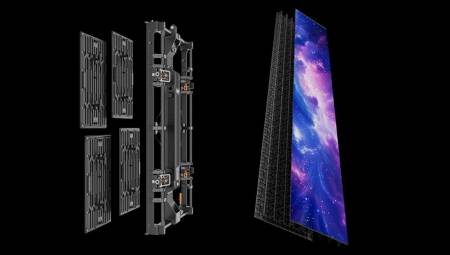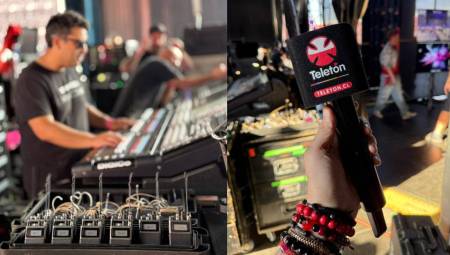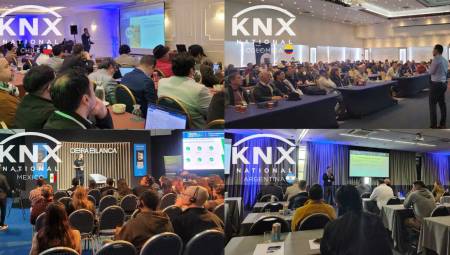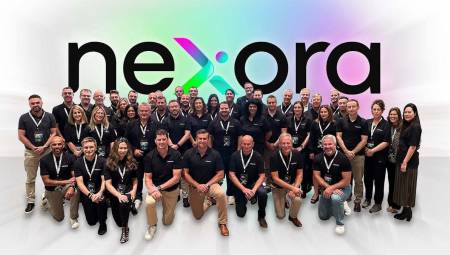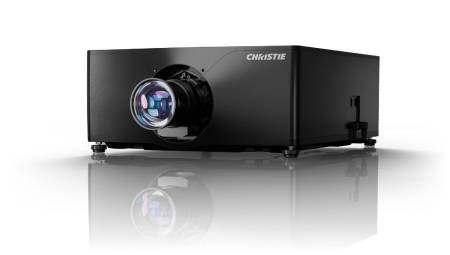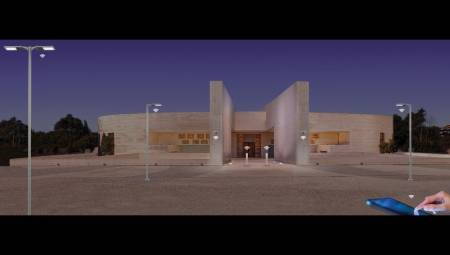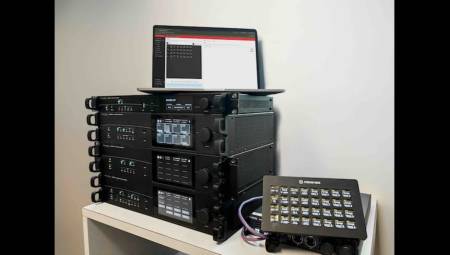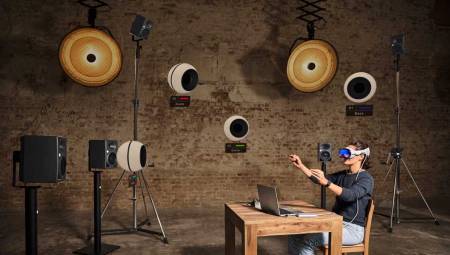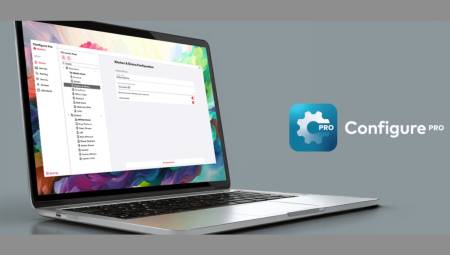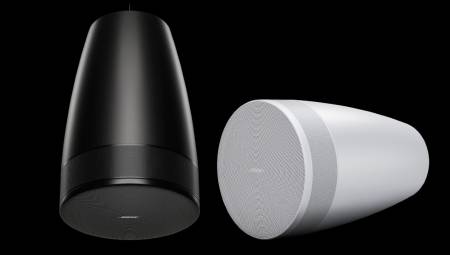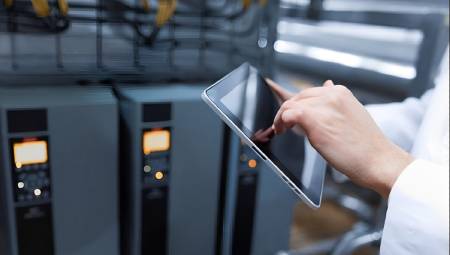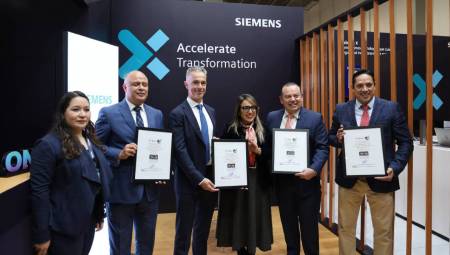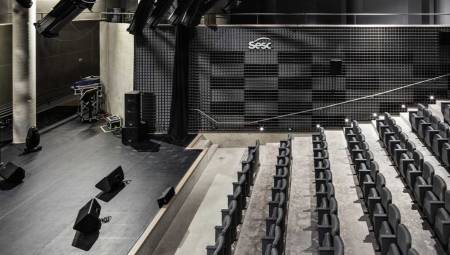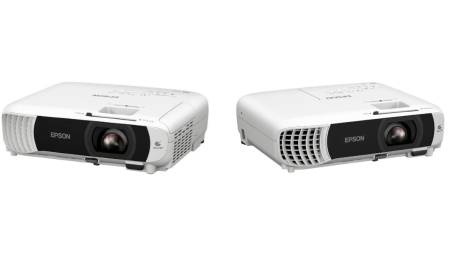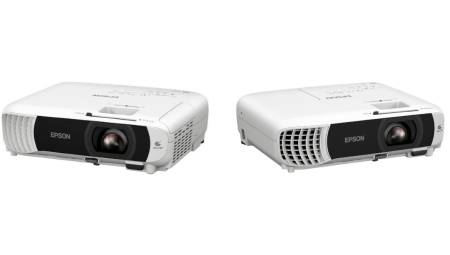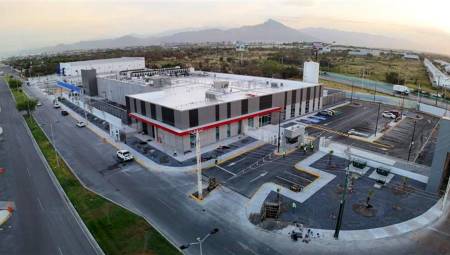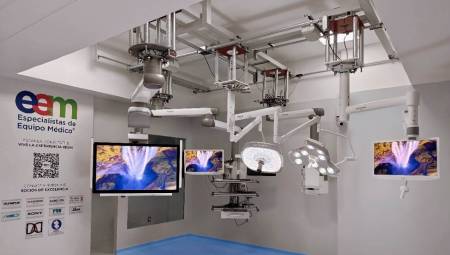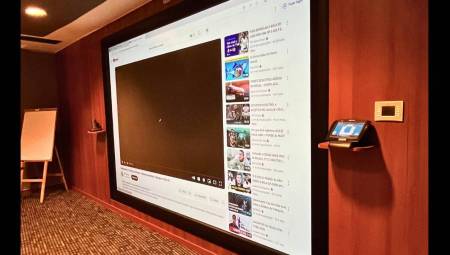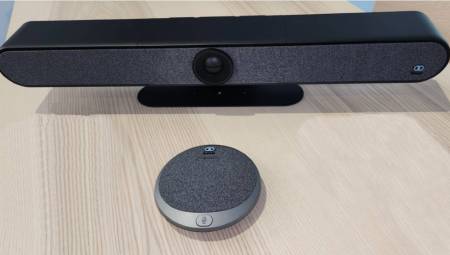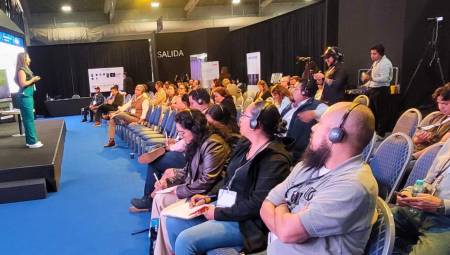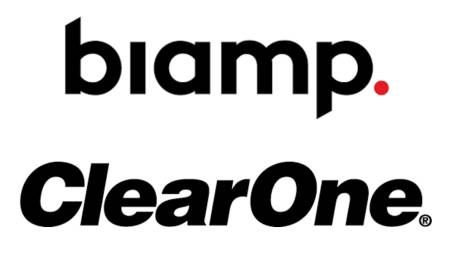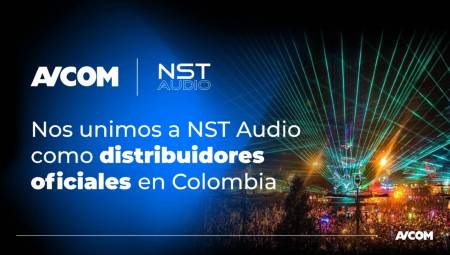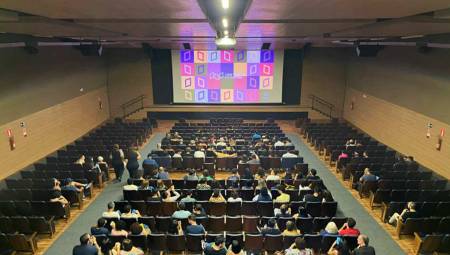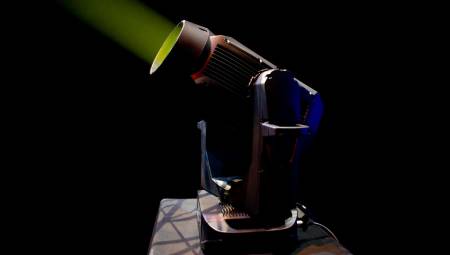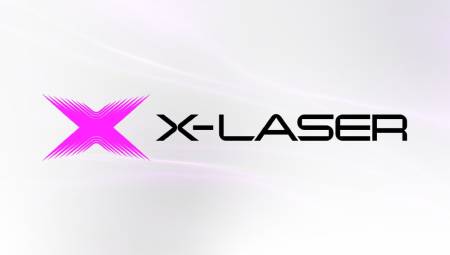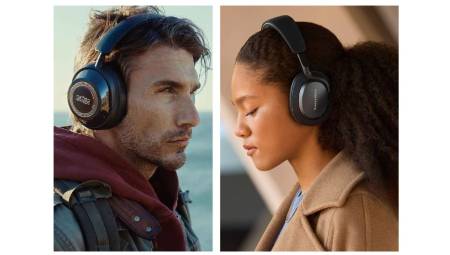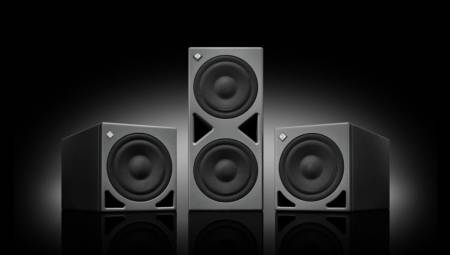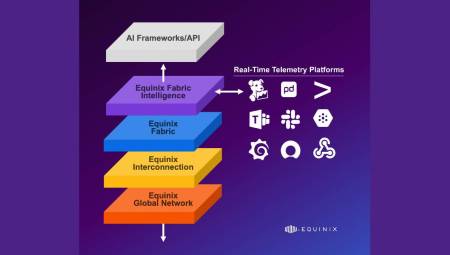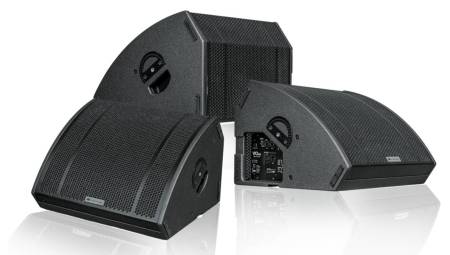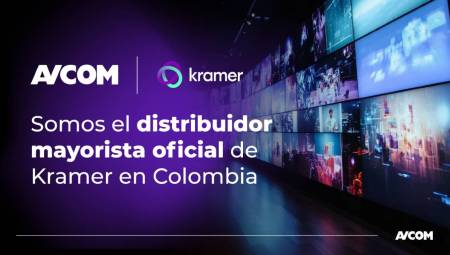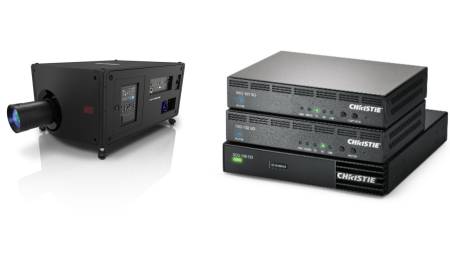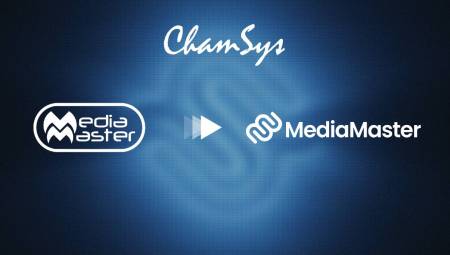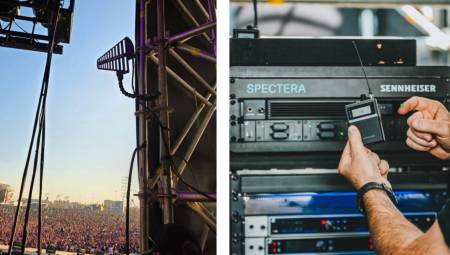 Energy consumption is something that worries every manufacturer, installer or operator of wireless systems, because the economic expenditure on battery is a factor that makes a system efficient or inefficient.
Energy consumption is something that worries every manufacturer, installer or operator of wireless systems, because the economic expenditure on battery is a factor that makes a system efficient or inefficient.
By Juan Tamayo*
In the last two years, companies that manufacture microphones in wireless versions have begun to migrate technology in the area of signal transmission, going from transmitting analogically in UHF to transmitting digitally in the 2.4 GHz and 1.9 GHz bands. Below we will explain the differences of each of them, so that when you are designing or acquiring your wireless system you can have a base point of reference and choose the best product that suits the solution.
Generally the transmission model used by both systems is based on frequency modulation, this means that all the information is transmitted on a base frequency, in the case of conventional analog systems it transmits in the UHF (Ultra High Frequency) more or less between 500 and 900 MHz, and the digital models are some in the 1.9 GHz band and others in the 2.4 GHz.
Analog models must share the transmission channel with the companies of cellular telephone, digital television and other wireless elements, governments around the world begin to restrict the bands in which it allowed to transmit in the UHF so the use of these bands is increasingly limited.
The 1.9 GHz band can be a good band, but some cell phone companies migrate to this band, because in the UHF the space is more limited. The 2.4 GHz band is also a busy band, as Bluetooth, WiFi and even microwave oven systems operate in this band, but their bandwidth consumption is very low, so they can easily coexist with digital wireless microphones.
As both transmission systems use air as a propagation medium they are exposed to interference, but it is the analog systems that suffer the most with these, since the interference of the analog signal produces alterations in the audio signal while an interference in the digital signal produces a cancellation of the audio transmission.
This is because the analog signal transmits the signal continues to be represented as a voltage variation, while the digital signal transmits a data chain represented by ones and zeros... hence its digital name. For those who love numbers, the ratio of desired to unwanted noise of an analog system should be greater than 30 dB while in the digital one it should be greater than 20 dB, where 10 dB of difference is a lot.
In analog systems the signal generally does not suffer latency, basically the time it takes the audio signal to leave the transmitter until it reaches the receiver is negligible while in digital systems this time is considerable product of the different processes that must be carried out in the process of this.
All digital systems must perform an analog to digital conversion just after the mechanical sound signal is converted to electrical signal in the microphone transducer (takes a process time), hence the signal is processed with different filters, data compressors (not to be confused with audio compressor) and encryption (taking longer), it is modulated and sent by the transmission medium which when it reaches the receiver must go through reverse processes to the transmitter (longer!!!) and be converted digital to analog to be reproduced.
They are processes that take time. The manufacturers of wireless microphones what they do is optimize the resources to make these times very short, below 4 millia seconds. Possibly it can be done in a shorter time but you would have to sacrifice quality in the audio signal to listen.
Energy consumption is something that worries every manufacturer, installer or operator of wireless systems, because the economic expenditure on battery is a factor that makes a system efficient or inefficient. In analog systems the power consumption is based on the amplitude of the analog wave in the transmission medium. In digital systems the transmission model does not consume much energy, but the digital signal processes described above make the power consumption considered, but do not worry, in both cases a good microphone must operate at least 8 hours with two alkaline AA batteries.
As mentioned above, analog transmission is a different band than digital transmission and this directly influences the signal propagation medium. UHF signals have a much larger wave amplitude than 1.9 GHz or 2.4 GHz signals which makes it possible for it to evade obstacles, including passing masonry walls while digital signals usually cannot pass obstacles and the transmitter must be in line of sight of the receiving antenna, but do not panic, digital antennas are easier to install and smaller, so you can install the antenna and with a cable reach the receiver.
Analog models have been present for almost 100 years, humans have studied them modified and worked for a long time, while digital models are a little younger and so far they are being implemented, but every day there are improvements and efficient circuits, so possibly analog models in a not too long period of time become discarded technologies for professional operations in installation.
I hope that this information will help you to select the best wireless system for your project, if you have any questions or want to leave your comment please write to [email protected] or [email protected]
*Juan Tamayo is a Sales Engineer for sound installations in Latin America from the company Audio-Technica.





